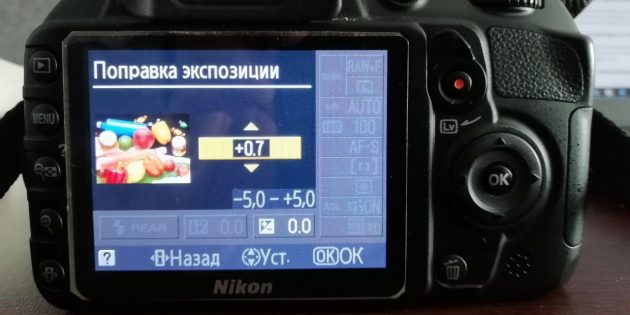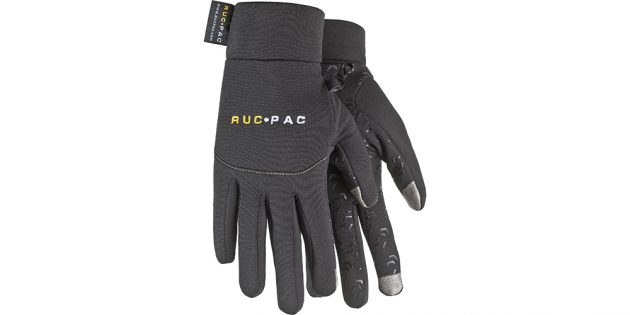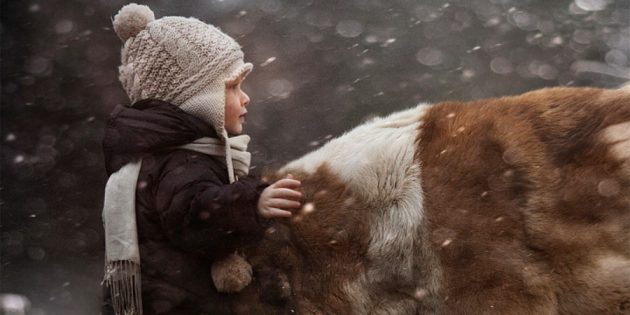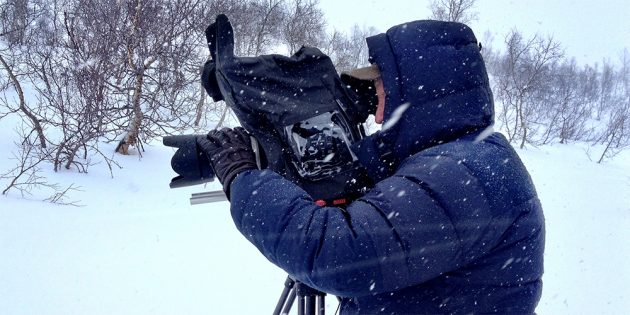

When shooting sunny winter landscapes or trying to capture the whiteness of snow, increase the exposure correction on the camera by 0.3 or 0.7 degrees. The device does not understand that you are photographing snow. Therefore, you yourself must "tell" him that you are shooting something bright. Otherwise, most of the final image will not be white, but gray.
At low temperatures, the battery discharges much faster than usual. If in the heat you can take several hundred pictures in one charge, then in the cold this number decreases by 50-70%. Therefore, stock up on batteries and keep them in your inner pocket, closer to your body.
When shooting in the cold, it is tempting to look into the nearest cafe to warm up a little. But if you just go into a warm room with a camera around your neck, the lens will immediately fog up. You will have to wait until the glass becomes transparent again, and you risk missing a great shot. To avoid this, put a cover on the lens, put the camera in a bag, and only then enter the building.

You can't take pictures in the cold with your bare hands. And in ordinary thick gloves, it is extremely inconvenient to use buttons and switches.
Many photo shops sell special gloves with heat-resistant fabric on the fingertips. They often have a special fabric in the area of the palms, so that the camera does not slip out of your hands.

To photograph the snowfall as effectively as possible, use a lens with a focal length of 70 mm or higher — the larger the better. Do not close the aperture, its value should be equal to ±4.5–6.3. Set the shutter speed to at least 1/400 of a second.
Your goal is to make the snowflakes in front of the lens and behind the focus point appear larger than they actually are. Then the picture will be especially magical.
The fact is that in winter the sun rises later and sets earlier. Therefore, you do not need to get up at four in the morning to film the dawn. You can get enough sleep, and then go hunting for beautiful pictures.

If you take photos during a snowstorm, buy a protective case for the camera. This way you minimize the chance that liquid will get to the lens lenses and electronic components of the device.
If the camera gets even a little wet, wrap it in a dry towel as soon as you get home. Let her lie down for a few hours. If you try to wipe the device, you can force the liquid into the cracks and wet the electronics.
Shooting in the cold is not the easiest task, so it is very important to prepare your body. It is better to get dressed thoroughly and then unbutton than to freeze, experiencing constant discomfort and risking getting sick. Warm boots, gloves, hat — a mandatory set.